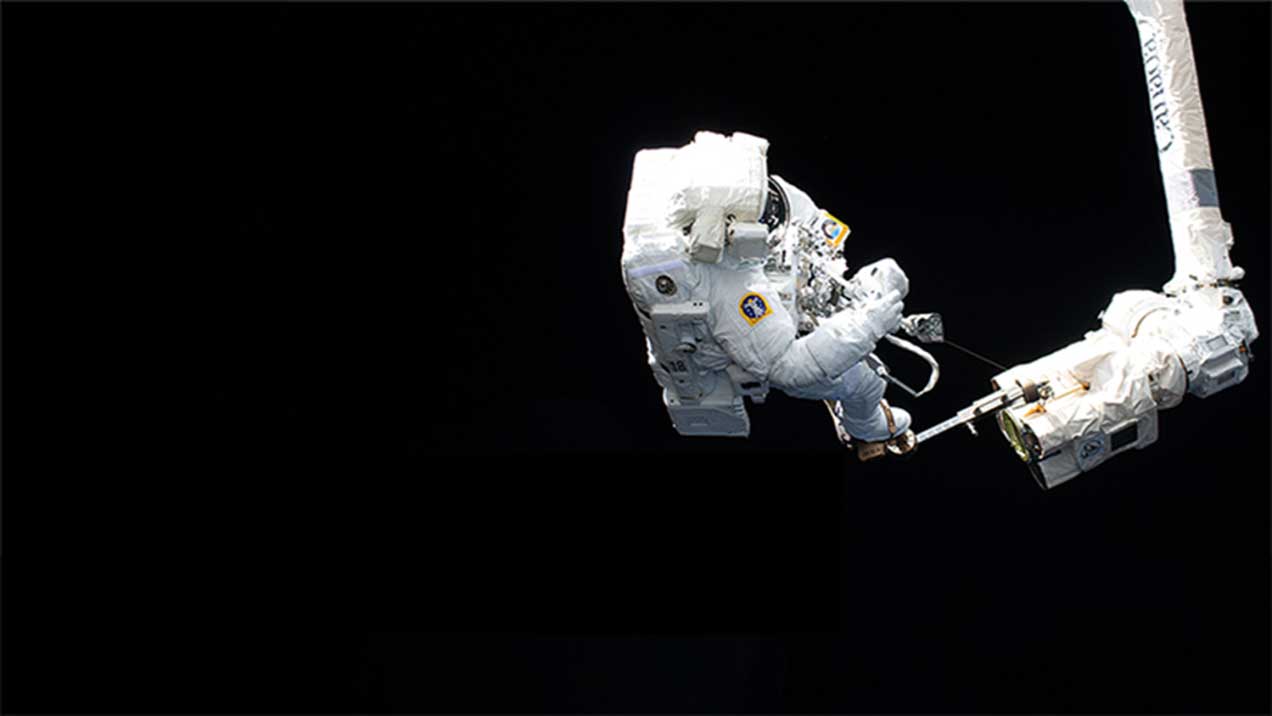

Remaining at the center of the Vela Supernova Remnant is a pulsar, a star as dense as nuclear matter that rotates completely around more than ten times in a single second.", As gas flies away from the detonated star, it decays and reacts with the interstellar medium, producing light in many different colors and energy bands. The above image captures some of that filamentary and gigantic shock in visible light. A roughly spherical, expanding shock wave is visible in X-rays. The outer layers of the star crashed into the interstellar medium, driving a shock wave that is still visible today. About eleven thousand years ago a star in the constellation of Vela could be seen to explode, creating a strange point of light briefly visible to humans living near the beginning of recorded history. Title : "Filaments of the Vela Supernova Remnant",Įxplanation : "The explosion is over but the consequences continue.

All images in the range from start_date to end_date will be returned in a JSON array. start_date A string in YYYY-MM-DD format indicating the start of a date range.Cannot be used in conjunction with date or start_date and end_date. If this is specified then count randomly chosen images will be returned in a JSON array. count A positive integer, no greater than 100.This is present for legacy purposes, it is always ignored by the service and high-resolution urls are returned regardless. hd A boolean True|False parameter indicating whether or not high-resolution images should be returned.(Better than just pure text search.) Defaults to False. The concept tags are not necessarily included in the explanation, but rather derived from common search tags that are associated with the description text. concept_tags A boolean True|False indicating whether concept tags should be returned with the rest of the response.There are no images for tomorrow available through this API. Must be after, the first day an APOD picture was posted. date A string in YYYY-MM-DD format indicating the date of the APOD image (example: ).URL Search Params | query string parameters There is only one endpoint in this service which takes 2 optional fieldsĪs parameters to a http GET request. No one watching this repository has anything to do with Astronomy Photo of the Day website, so we're unable to deal with issues directly related to their content. You can do that with this code! All information that this API returns is actually just grabbed from the Astronomy Photo of the Day Website (APOD). If you need a extremely reliable version of this API, you likely want to stand up your own version of the API.
#NASA PICTURE OF THE DAY CODE#
You can find a frozen version of the previous code in the branch called "prevCodeOrganization" API ReliabilityĪ very large number of people use the instance of this API that NASA has set up.



 0 kommentar(er)
0 kommentar(er)
